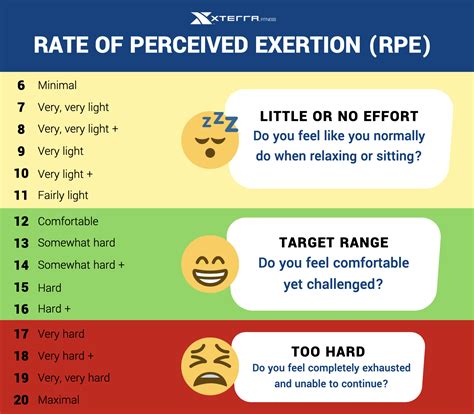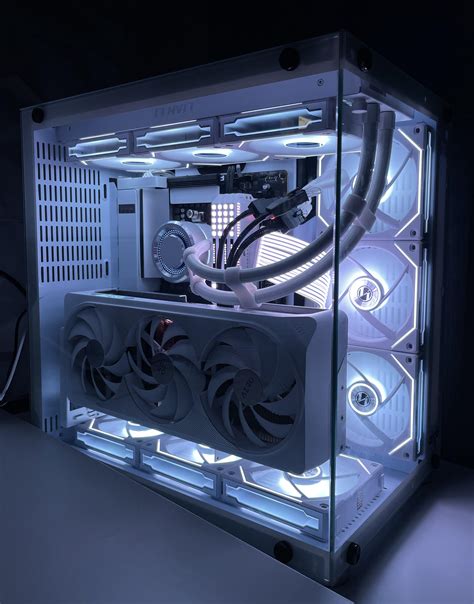How can I optimize workout intensity for maximum muscle and strength gains?

Achieving significant muscle and strength gains isn’t just about showing up; it’s about making every minute in the gym count. The key differentiator between stagnation and continuous progress often lies in how effectively you manipulate workout intensity. This isn’t solely about lifting the heaviest weight possible, but rather a multifaceted approach that challenges your body to adapt and grow stronger.
Understanding Workout Intensity
Intensity, in the context of resistance training, refers to the degree of effort and challenge your muscles experience during an exercise. While it’s commonly associated with the percentage of your one-repetition maximum (1RM) for strength, for muscle growth (hypertrophy), it also encompasses factors like proximity to failure, exercise tempo, and the density of your workouts (work per unit of time). A truly intense workout pushes your physiological limits, signaling to your body that it needs to build more muscle and adapt for future challenges.

The Foundation: Progressive Overload
No single principle is more critical for long-term muscle and strength gains than progressive overload. This means continually increasing the demands placed on your muscles over time. Without it, your body has no reason to adapt. Methods of progressive overload include:
- Increasing Weight: Lifting heavier loads for the same number of reps.
- Increasing Reps: Performing more repetitions with the same weight.
- Increasing Sets: Doing more total sets for an exercise or muscle group.
- Decreasing Rest Times: Reducing the time between sets to increase workout density.
- Improving Form/Tempo: Executing the same weight with stricter form or a slower, more controlled tempo.
- Increasing Frequency: Training a muscle group more often.
- Using More Challenging Exercises: Progressing from easier variations to more difficult ones (e.g., goblet squat to barbell squat).
Consistently tracking your workouts is essential to ensure you are applying progressive overload in a structured manner.

Gauging Your Effort: RPE and Training to Failure
To optimize intensity, you need effective ways to measure and regulate your effort. The Rate of Perceived Exertion (RPE) scale is an invaluable tool, typically ranging from 1 (no effort) to 10 (maximal effort). For muscle and strength gains, most working sets should fall within an RPE of 7-9, meaning you have 1-3 repetitions left in the tank (Reps in Reserve, or RIR). Training consistently with 0-1 RIR (i.e., close to or at muscular failure) is highly effective for stimulating hypertrophy, particularly for experienced lifters, but should be cycled to avoid overtraining and excessive fatigue.
While training to absolute failure can be beneficial for specific sets or cycles, it’s not sustainable or necessary for every set. Strategic application, perhaps on the last set of an exercise or once per week for a given muscle group, can maximize its benefits while minimizing the recovery burden.

The Role of Volume, Rest, and Exercise Selection
Intensity doesn’t exist in a vacuum; it interacts with other training variables:
- Volume: The total amount of work performed (sets x reps x weight). While high intensity is crucial, sufficient volume is also needed for growth. The optimal balance often sees higher intensity with slightly lower volume per session, or vice versa, over different training phases.
- Rest Periods: Shorter rest periods (30-90 seconds) increase metabolic stress, which is good for hypertrophy, but can limit the weight you can lift. Longer rest periods (2-5 minutes) allow for better recovery between sets, enabling you to lift heavier and accumulate more quality sets at higher intensities, which is paramount for strength gains.
- Exercise Selection: Prioritize compound movements (squats, deadlifts, bench press, overhead press, rows) as they recruit more muscle mass and allow for heavier loads, offering a greater stimulus for both strength and size. Supplement with isolation exercises for specific muscle targeting.

Practical Strategies for Optimization
To put these principles into action:
- Track Everything: Keep a detailed log of your exercises, sets, reps, and weights. This is fundamental for ensuring progressive overload.
- Periodize Your Training: Don’t train at maximum intensity all the time. Cycle through periods of higher intensity/lower volume and lower intensity/higher volume, and include deload weeks to manage fatigue and prevent burnout.
- Listen to Your Body: Some days you’ll feel stronger, others weaker. Adjust your RPE targets accordingly. Pushing through excessive fatigue can lead to injury or overtraining.
- Prioritize Recovery: Adequate sleep, nutrition, and hydration are non-negotiable for enabling your body to recover from intense workouts and adapt.

Conclusion
Optimizing workout intensity is a dynamic process that requires a nuanced understanding of training principles, consistent effort, and careful self-assessment. By focusing on progressive overload, wisely using tools like RPE, balancing volume and rest, and prioritizing recovery, you can create a training environment that continuously challenges your body, leading to maximal gains in both muscle size and strength. Embrace the process, stay consistent, and watch your progress soar.





